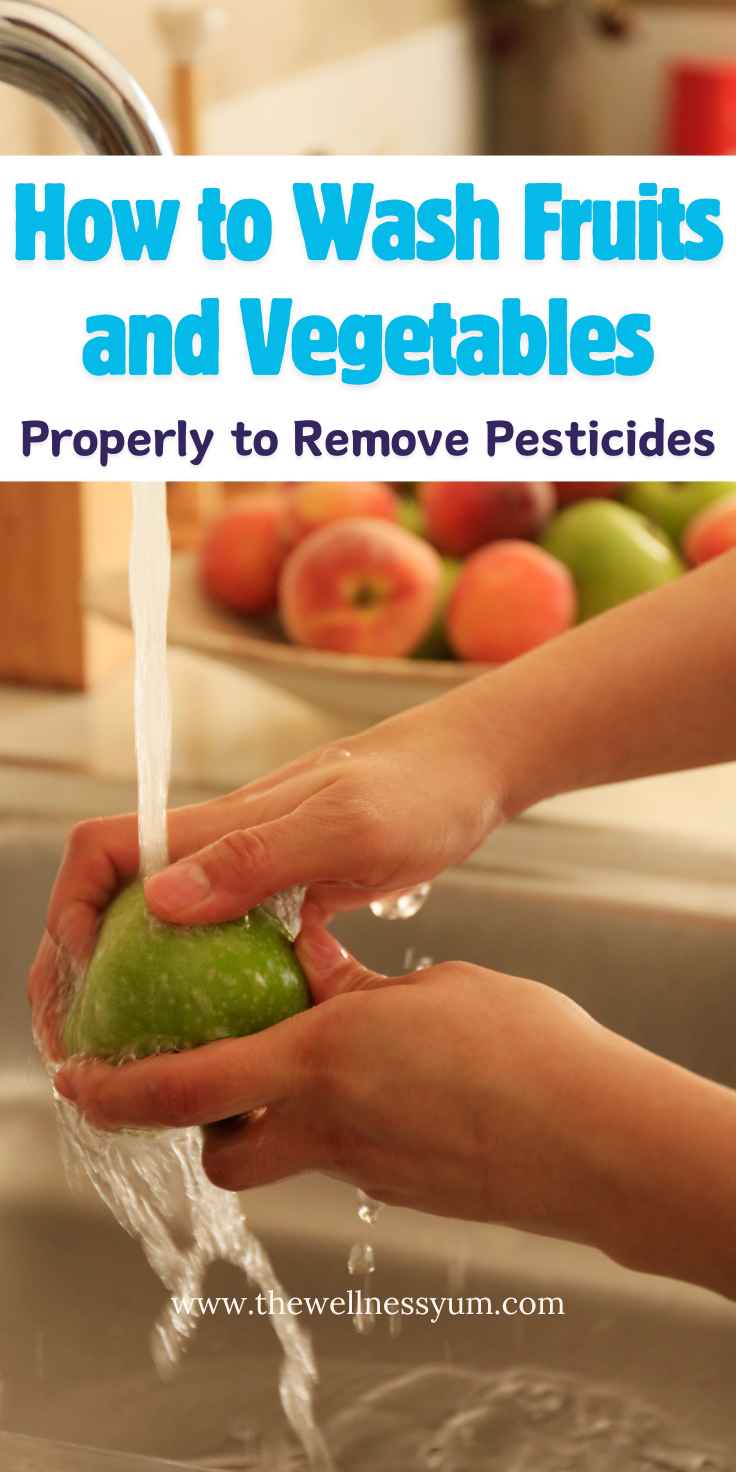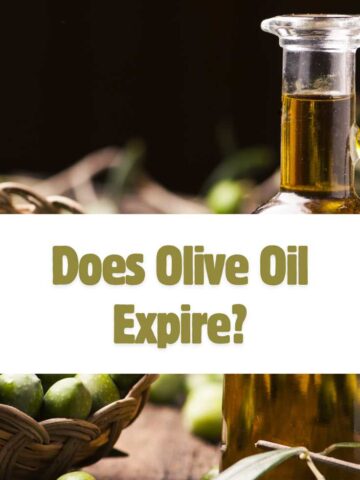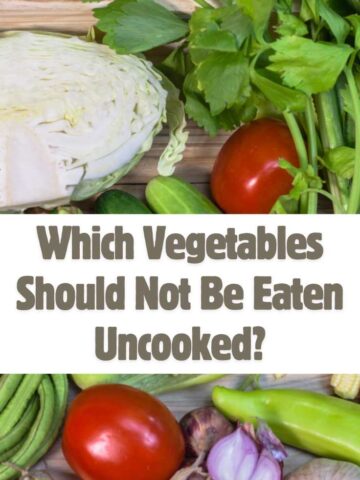Fresh and clean! 🍎🥦 Discover simple and effective tips to wash fruits and vegetables for healthier, pesticide-free eating.
Coronavirus has made everyone more conscious of what they eat. It's just as vital to wash the produce correctly. Here are some pointers to help you make sure your fruits and veggies are safe to eat.
Coronavirus has swiftly spread to many regions of the globe, and a number of nations have been placed under total or partial lockdown. During these challenging times, governments are doing everything they can to guarantee that basic goods are available to the population. Right now, food safety and handling are of the highest significance. A lot of individuals are turning to techniques such as washing fruits and vegetables in soap or detergent before eating them. According to research, these severe measures may not be required in the first place.

As of yet, there is no proof that Coronavirus may be transferred by food. However, you may take some measures and follow some general principles to keep your food healthy and germ-free. A video from Oovvuu offers some suggestions for making sure the goods you buy are safe to eat and germ-free.
read also: 10 Effective Substitutes for Eggs
How to Wash Vegetables Naturally: Healthy Fruit & Vegetable Tips
Jump to:
1. Wash your hands before handling fruit.
The significance of handwashing in preventing the transmission of Covid-19 cannot be overstated. Even if you're only going to rinse some veggies, make sure your hands are clean. Prior to washing fruit and vegetable produce, wash them for at least 20 seconds. It's also a good idea to wash them afterward, as the FDA recommends.
2. Thoroughly rinse your fruit under running water.
All fruits and vegetables acquired at the market should be washed under running water and then rubbed with hands. To clean the majority of veggies, this is all that is required. "Rinse produce BEFORE you peel it," the FDA advises, "to prevent dirt and germs from being transmitted from the knife onto the fruit or vegetable."
3. Do not use any kind of detergent or soap.
The FDA claims that using soap, detergent, or any other specific liquid to clean produce is a total fallacy. "While holding the product under flowing water, gently massage it. There's no need to wash your produce with soap or a product wash." It is preferable to take away the injured sections before cooking or eating if damage or bruising occurs before eating or handling.
read also: 14 Best Diet Tips to Lose Weight
4. If required, use a brush or sponge.
A vegetable brush or sponge should be used to clean root vegetables like potatoes or carrots to ensure that all dirt is eliminated. "Scrub hard vegetables like melons and cucumbers with a clean vegetable brush," FDA advises.
5. Some fruits and vegetables demand special attention.
During the washing procedure, berries need additional care. To eliminate germs, place them in a strainer and rinse them under running water. Lettuce and leafy greens should be put in a dish of cold water in the same way. For optimum results, the FDA recommends removing the outermost leaves of a head of lettuce or cabbage and drying them with a paper towel.
Apart from these, the FDA recommends following specific standards, such as selecting food that isn't bruised or damaged. Ensure that pre-cut goods, such as lettuce packs or watermelon slices, are either chilled or kept on ice at all times, both at the store and at home. The FSSAI also issued some food safety advice through Twitter.
read also: 5 Substitutes for Buttermilk
Meanwhile, properly cooking your meal before eating is a smart practise. In a page on food and nutrition guidelines during quarantine, the World Health Organization (WHO) recommends keeping raw and cooked food separate, particularly raw meat and fresh vegetables. The WHO advises that we consume at least 400 g (5 servings) of fruits and vegetables each day and that we endeavor to ensure that the foods we eat are safe and nutritious.





Leave a Reply